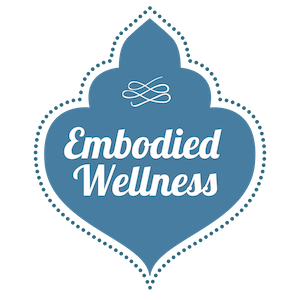Throughout the busyness of our lives and even during quiet times when we sit down to meditate, it’s all too easy to become tangled in the stories our minds tell us. Repetitive thoughts, self-criticism, negative inner chatter and challenging emotional states can take center stage—often without us even realizing it. Over time, these thought patterns can create a deep sense of suffering and disconnection from ourselves.
Mindfulness offers a powerful way to loosen the grip of these patterns.
It’s not about stopping your thoughts or emotions altogether—it’s about learning to be with them. To observe without judgment, and to soften the way we relate to our inner experience. With regular mindfulness practices, we can find more self-compassion, clarity, and ease in our daily lives.
Although we can't always control what arises in our mind, we can choose how we relate to it. As neuroscience tells us, “what fires together, wires together.” The simple act of choosing a state of contentment—again and again—builds resilience and freedom. We can build new pathways towards more inner peace.
This aspect of mindfulness can be applied to our daily lives and to our meditation practices. As you meditate, you can notice stories, memories, repetitive thought patterns or emotions arising. This is normal. You are a thinking and feeling being. When this happens, gently say to yourself, “Hello there, I see you. Welcome.”
If you are working with a story or repetitive thought, you can take a step back from your thinking mind and shift to your witnessing mind, allow the thought to flow through without judgement and go back to your meditation. One tool that you can use during meditation is watching your breath without making any changes to it.
If you have an emotion come up, let yourself fully feel whatever is present—frustration, sadness, anxiety, or anything else—without pushing it away. Truly accept it. Greet the emotion like an old friend. Because emotions have a brain body connection, you may choose to utilize additional techniques to create a sense of safety in your body. For example, after catching yourself in an emotion of jealousy, fear, or anxiety, you can take a few deep breaths and make your exhale longer than your inhale. When it has softened or passed, return your attention to your natural breath. Repeat this process throughout your meditation.
Over time, you will be able to catch yourself entangled in your story more quickly and make a choice to return to your practice. The stories may arise less frequently and your ability to stay centered in your breath will strengthen. Practicing awareness of our thoughts and making the conscious choice to shift our internal state is an ongoing process that we can return to again and again throughout our lifetime.

